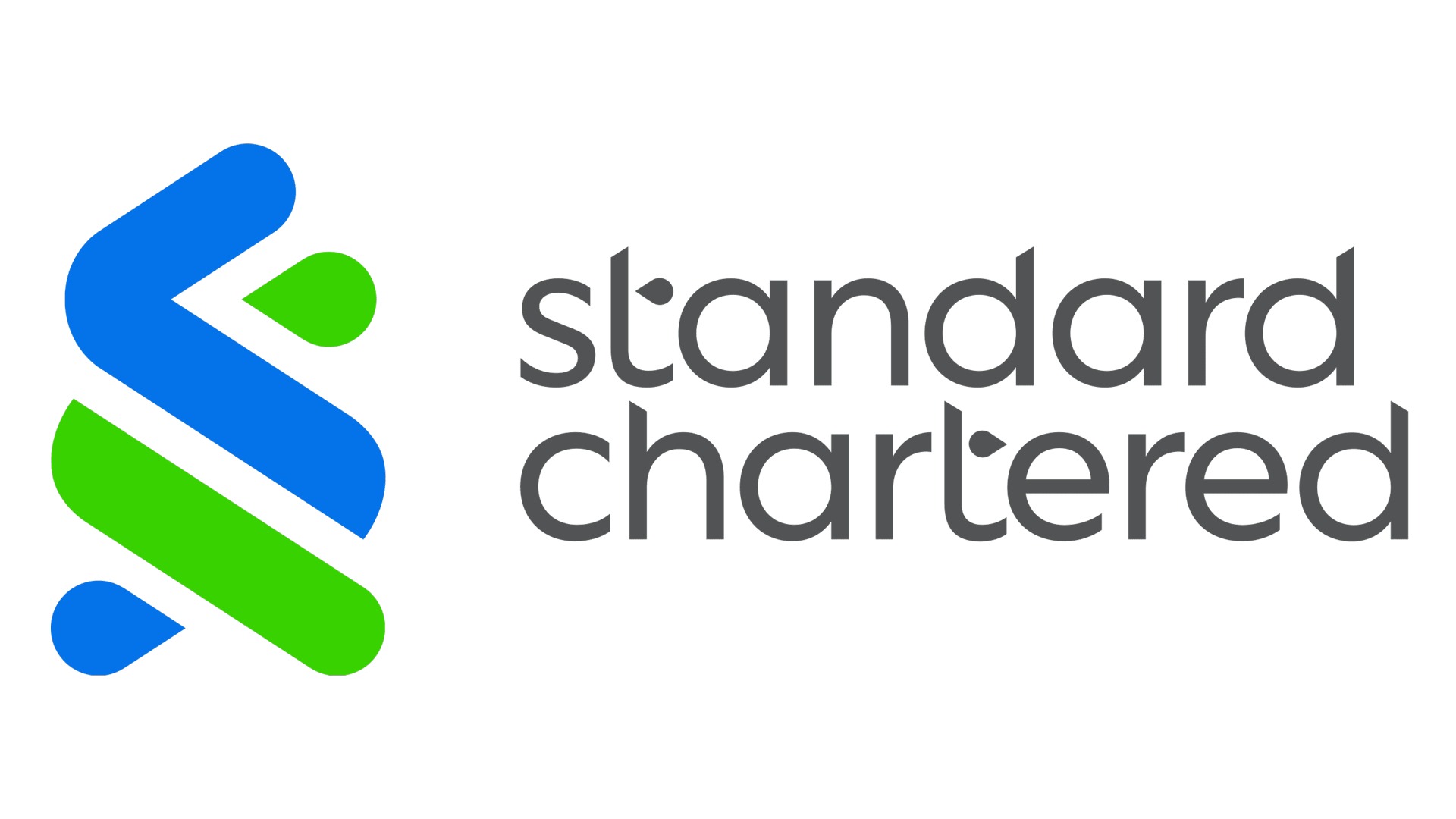The Royal Bank of Canada (RBC) has launched its own proprietary AI foundation model to provide a personalised customer experience and enhance banking tasks.
ATOM (Asynchronous Temporal Model), which was developed by RBC’s research institute RBC Borealis, was trained using large-scale financial datasets including “billions” of client financial transactions, which RBC said provided it with a unique breadth of knowledge in financial services.
The model is part of RBC's Lumina data platform which systematically collects and curates its event data along all business lines, enabling AI scientists to process up to 10 billion transactions per minute.
Several RBC products and services already use ATOM's capabilities, including credit adjudication.
The bank says that AI makes the process more accurate, consistent, and insightful, enabling the use of large volumes of complex data to assess credit, including transaction histories and non-traditional data sources.
ATOM will play a key role in its ambition to achieve $700 million to $1 billion in enterprise value generated from AI-driven benefits by 2027.
"ATOM represents the future of banking at RBC," said Foteini Agrafioti, senior vice president and chief science officer at RBC. "It helps to personalise products and services at an individual level and enables us to more deeply understand our clients' individual circumstances.
“As such, we will be able to tailor our services for each client and fully utilise the breadth and insights of RBC data while maintaining privacy and security."
At the start of the year, RBC launched an end-to-end generative AI (genAI) tool designed to optimise operations and increase security in the financial services sector.
The platform, called North for Banking, was developed in collaboration with AI firm Cohere and is designed to provide a secure AI workspace that helps companies automate routine tasks, improve productivity, and streamline operations.
Latest News
Creating value together: Strategic partnerships in the age of GCCs
As Global Capability Centres reshape the financial services landscape, one question stands out: how do leading banks balance in-house innovation with strategic partnerships to drive real transformation?
Data trust in the AI era: Building customer confidence through responsible banking
In the second episode of FStech’s three-part video podcast series sponsored by HCLTech, Sudip Lahiri, Executive Vice President & Head of Financial Services for Europe & UKI at HCLTech examines the critical relationship between data trust, transparency, and responsible AI implementation in financial services.
Banking's GenAI evolution: Beyond the hype, building the future
In the first episode of a three-part video podcast series sponsored by HCLTech, Sudip Lahiri, Executive Vice President & Head of Financial Services for Europe & UKI at HCLTech explores how financial institutions can navigate the transformative potential of Generative AI while building lasting foundations for innovation.
Beyond compliance: Building unshakeable operational resilience in financial services
In today's rapidly evolving financial landscape, operational resilience has become a critical focus for institutions worldwide. As regulatory requirements grow more complex and cyber threats, particularly ransomware, become increasingly sophisticated, financial services providers must adapt and strengthen their defences. The intersection of compliance, technology, and security presents both challenges and opportunities.
© 2019 Perspective Publishing Privacy & Cookies



.jpg)











Recent Stories